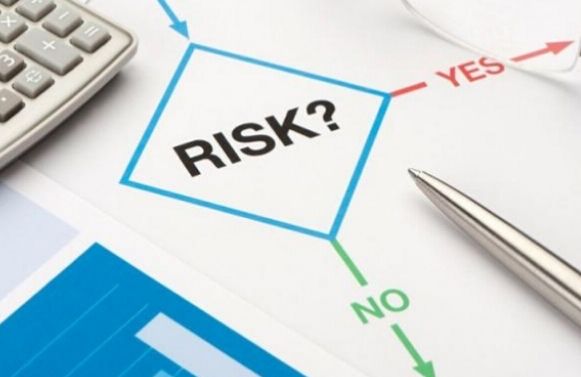By Ravi Prasad, Yenching Scholar at Peking University
The Belt and Road Initiative (B&R) will be groundbreaking for developing countries around the world that desperately need better infrastructure. The Asian Development Bank estimates that in developing Asia alone, $US26 trillion of infrastructure investment is required between 2016 and 2030.
The B&R can help to bridge the gap; the sums of money being put on the table are large. The planned China-Pakistan Economic Corridor amounts to around 20% of Pakistan's GDP (gross domestic product), while in Laos a planned high-speed rail network comprises around 50% of GDP.
But why have B&R countries like Pakistan and Laos not been invested in up to now? After all, these countries are developing quickly and have a need for better electricity, transport and internet.

There are two competing explanations: 1) the world has been capital constrained and unable to finance investments or 2) the world has been capital abundant but some countries have not been invested in due to greater investment risk.
Investing in developing countries comes with greater risk
The growing consensus is that the world has not been capital constrained. If anything, the world has seen an excess of liquidity, fueled by what Ben Bernanke, former Chairman of the Federal Reserve, described as a "global savings glut". But instead of those savings being channeled into developing countries in need of critical infrastructure, much was transferred to developed countries. A recent study by the Centre for Applied Research at the Norwegian School of Economics and US-based Global Financial Integrity (GFI) found that in 2012, developing countries sent $2tn more to the rest of the world than they received.
The decision not to invest in these developing countries was not premised on lacking financial capabilities (the world's largest asset managers have trillions of dollars to invest), nor was it due to ignorance (asset managers employ some of the world's smartest individuals and seek the best risk-adjusted investment returns).
Instead, the most likely explanation is that these countries and corresponding projects were deemed too risky to invest in. The risk can manifest itself in a number of forms, including political risk emanating from unstable governments or terrorism, liquidity risk from multi-year projects and legal risk associated with underdeveloped legal systems.
Risk has not disappeared
Given that a larger proportion of B&R investments are targeted in developing countries, the investment risk associated with B&R exceeds that of a traditional diversified investment portfolio.
This investment risk was the basis of a warning made by Fitch Ratings Agency in January 2017; they stated that B&R might pose risks to the asset quality of China's banking system.
Investing with diligence and carefulness
Historically, when countries received large capital inflows in a short period of time, they faced economic difficulties later down the line, which made repayment of loans harder. This was the case most recently in peripheral Europe.
Michael Pettis of Peking University has argued that when countries receive large foreign investment inflows, those inflows are often not matched exactly by a rise in the number of productive investments. The result is that unproductive projects get financed. This ends up increasing wages without boosting productivity, resulting in an erosion of competitiveness that enlarges the current account deficit and makes it harder to repay loans.
This same fate may well become true for a number of B&R investments. If B&R investments are treated like blank checks by recipient countries and bad projects are invested in, then that increases the scope for problems, both financial and political, later on. Recipient countries may not repay, or even worse, may drop their support for B&R.
China should be prepared for that outcome and attempt to mitigate it. A good place to start would be conducting thorough due diligence and only investing in high quality projects; the projects with the greatest likelihood of repayment. Only then is B&R likely to be a success, for China and for its partner countries.
[Ravi Prasad is a Yenching Scholar at Peking University. His research focuses on international capital flows and China's Belt & Road Initiative. He previously worked at Goldman Sachs and HM Treasury in the UK before moving to Beijing. He graduated from the University of Cambridge, majoring in Economics.]
(The opinions expressed here do not necessarily reflect the opinions of Panview or CCTV.com)

Panview offers a new window of understanding the world as well as China through the views, opinions, and analysis of experts. We also welcome outside submissions, so feel free to send in your own editorials to "globalopinion@vip.cntv.cn" for consideration.















